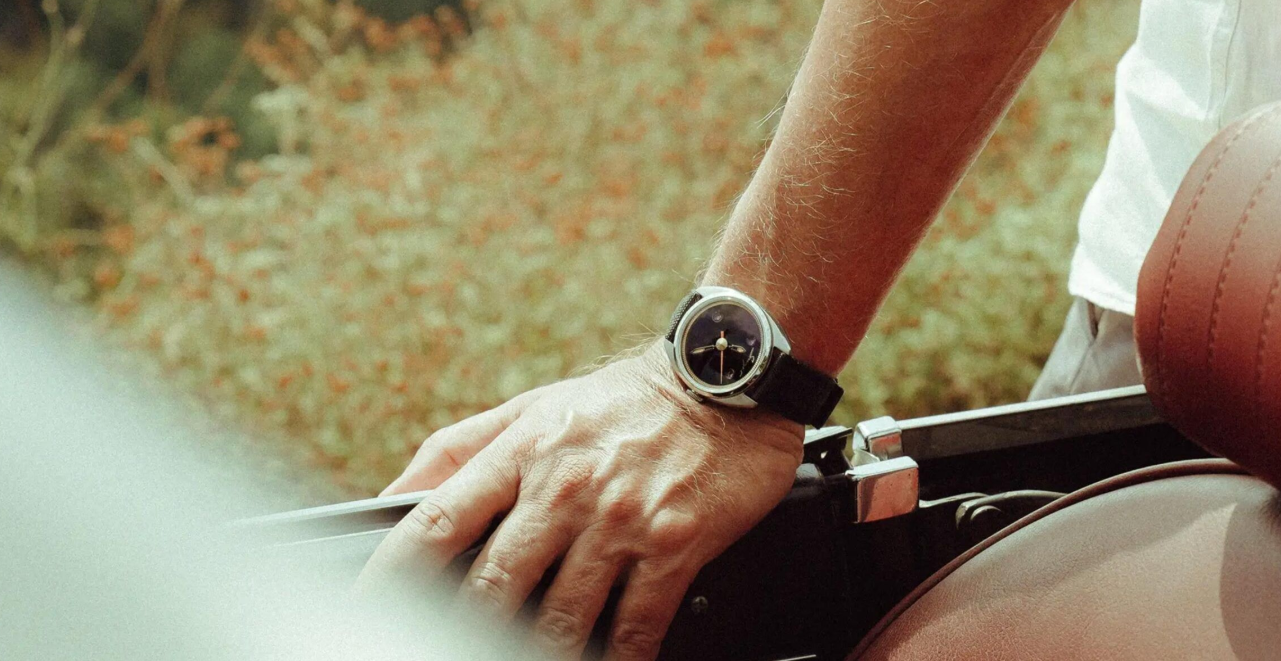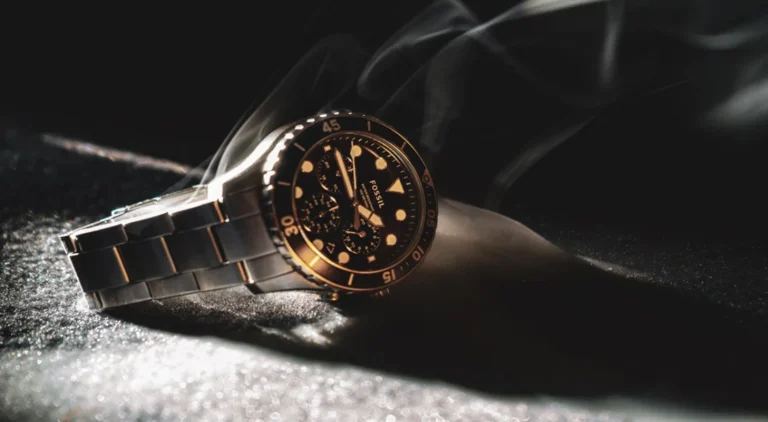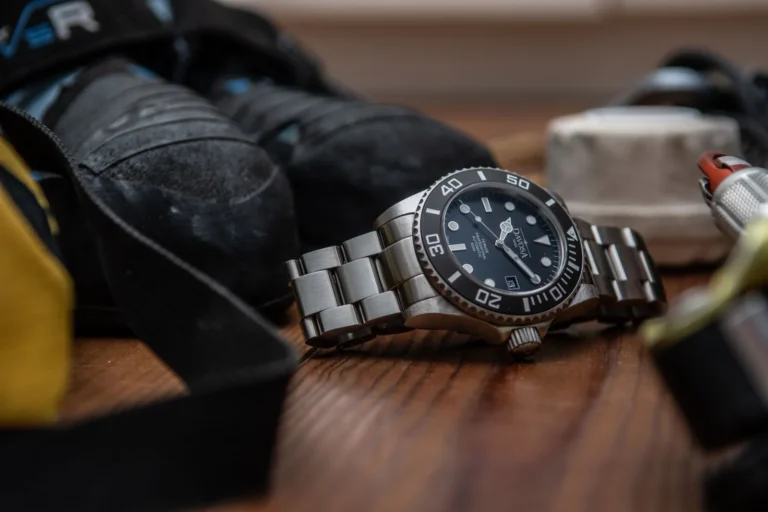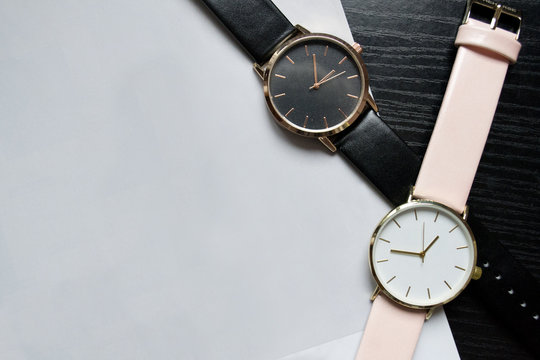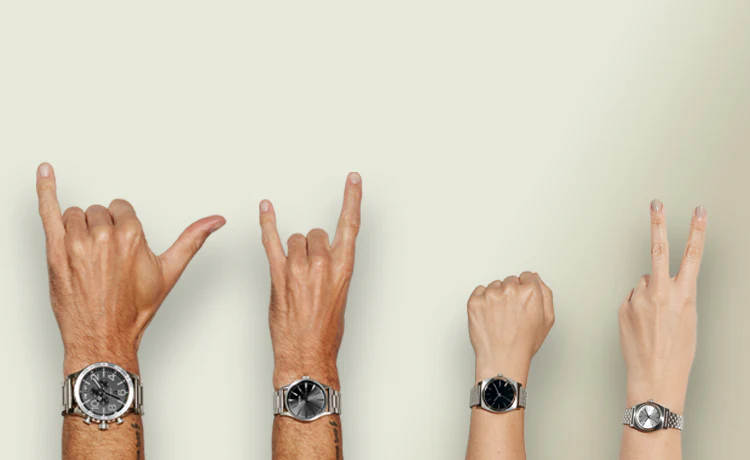The Complete Manual for Building Your Watch Game
In addition to serving as timepieces, watches can be investments, fashion accessories, and conversation starters. Having a strong “watch game” in the modern world entails building a collection that expresses your appreciation for craftsmanship, fits various settings, and reflects your personality. This comprehensive guide will walk you through the fundamentals of improving your watch game, regardless of whether you’re new to watches or want to add to your collection.
Why Watches Still Matter Today
Even in the age of smartphones, watches remain timeless accessories. Here’s why they’re worth paying attention to:
- Style & Expression – A watch can say more about you than most accessories.
- Functionality – Beyond telling time, many watches have features like chronographs, moon phases, or dive timers.
- Tradition & Craftsmanship – Owning a mechanical watch connects you to centuries of artistry.
- Legacy & Investment – A good watch can be passed down as an heirloom or even appreciate in value.
Step 1: Understanding Different Types of Watches
Before you build your collection, know the main categories:
- Dress Watches – Minimalist, elegant, and perfect for formal occasions.
- Field Watches – Rugged, military-inspired, and versatile for casual wear.
- Dive Watches – Sporty, durable, and water-resistant—great for everyday use.
- Pilot Watches – Large dials, easy readability, and often aviation-inspired features.
- Chronographs – Stopwatch functions with sporty appeal.
- Smartwatches – Tech-driven, offering health and connectivity features.
A strong watch game usually includes a mix of these types.
Step 2: Balancing Quality and Budget
You don’t need to spend a fortune to build a great collection. Think of watches in three tiers:
- Entry-Level ($50–$500) – Brands like Seiko, Citizen, Orient, Timex.
- Mid-Tier ($500–$2,000) – Hamilton, Tissot, Longines, Oris.
- Luxury ($2,000 and up) – Rolex, Omega, Breitling, Patek Philippe.
Start where you’re comfortable and gradually scale. Quality pieces exist at every budget.
Step 3: Choosing Based on Lifestyle
Your collection should fit your daily life:
- Office professional? Dress watch + versatile field watch.
- Outdoor adventurer? Dive watch + rugged field watch.
- Traveler? GMT or world-timer watch.
- Tech-savvy? Smartwatch paired with a classic analog.
Think about how often you’ll wear each piece and in what setting.
Step 4: Building a Versatile Starter Collection
A balanced “starter trio” might look like this:
- Dress Watch – Slim, simple, leather strap for formal wear.
- Dive Watch – Durable steel bracelet piece for casual or semi-formal wear.
- Everyday Field/Pilot Watch – Rugged, reliable, and versatile.
This covers almost every situation without overcomplicating things.
Step 5: Expanding Into a Signature Collection
Once you have the basics, you can grow based on preference:
- Add a chronograph for sporty appeal.
- Invest in a luxury piece as a milestone watch.
- Pick up a vintage model for heritage and uniqueness.
- Include a fun or bold design that stands out from your usual style.
Step 6: Caring for Your Watches
A strong watch game isn’t just about owning watches—it’s about maintaining them.
- Regular Cleaning – Wipe down cases and straps after use.
- Service Intervals – Mechanical watches often need servicing every 3–5 years.
- Proper Storage – Use a watch box or winder to keep them safe.
- Avoid Magnetization – Keep away from strong magnets to preserve accuracy.
Step 7: Developing Your Watch Knowledge
To truly master the game, dive deeper:
- Follow watch forums and communities.
- Watch reviews and breakdowns on YouTube.
- Visit boutiques and try pieces on.
- Learn the history behind iconic models.
Knowledge sharpens your buying decisions and enhances appreciation.
Step 8: Avoiding Common Mistakes
New collectors often fall into these traps:
- Buying too many watches too quickly.
- Focusing only on trends instead of personal taste.
- Ignoring watch size and proportion on their wrist.
- Skipping research and overpaying.
Patience and intention go a long way.
Final Thoughts
Building your watch game isn’t about how many watches you own—it’s about the thought behind them. Each piece should serve a purpose, tell a story, or reflect a part of who you are. Start small, choose wisely, and grow your collection over time. Soon, you’ll not only have watches that tell time—you’ll have a collection that tells your story.

